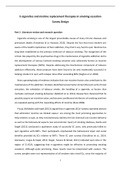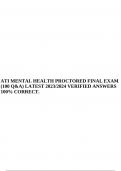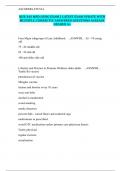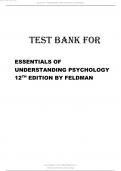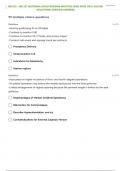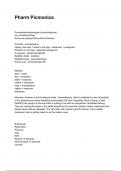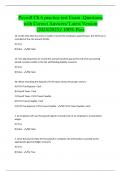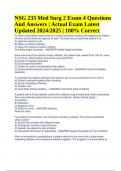Other
Smoking cessation: E-cigarettes and Nicotine replacement therapies (Psychology Survey Design Assignment)
- Course
- Institution
Assignment type: Survey Design, Chosen Topic: E-cigarettes and NRTs in smoking cessation, Part 1: Literature Review & Research Question, Part 2: Questionnaire created & Question types, Part 3: Rationale of questions and coding system, Referencing style: APA, Grade awarded: A
[Show more]
